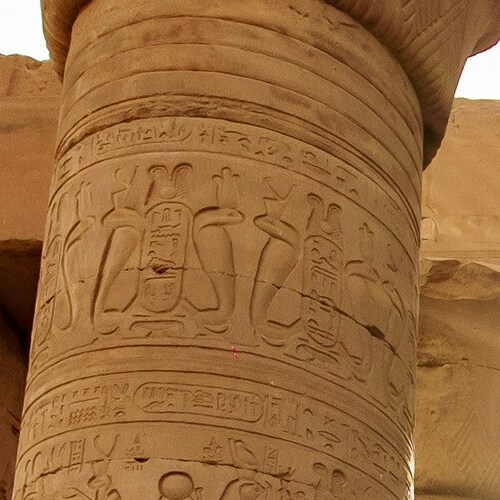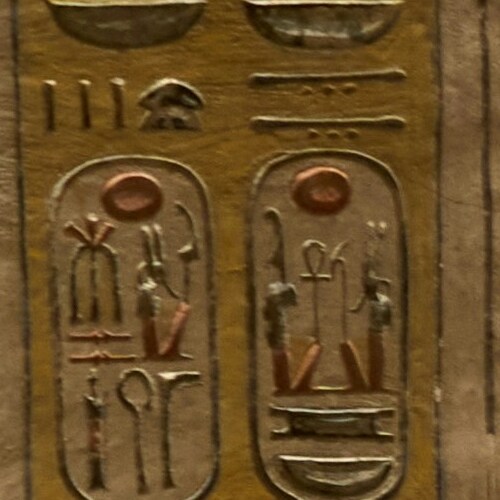No other nation in the world says ‘Welcome’ as often as the Egyptians, and every time, they mean it. While the ancient civilization of Egypt continues to amaze, contemporary Egyptians are equally remarkable.
Madinat Habu Temple
Madinat Habu Temple Overview
Madinat Habu, a monumental temple complex in Luxor, is an architectural marvel that showcases ancient Egypt’s grandeur and the legacy of Ramses III. Known for its size, historical significance, and well-preserved artistry, it offers a fascinating journey into Egypt’s past.
Location and Historical Significance
- Situated: In Luxor, on the West Bank of the Nile.
- Historical Context: Serves as the mortuary temple of Ramses III, comparable to the Ramesseum of Ramses II.
Architectural and Artistic Features
- Size: Second only to the Karnak Temple in terms of scale.
- Design Influence: Inspired by the architectural style of the Ramesseum.
- Fortification: Notable for its massive fortified walls, providing refuge during invasions.
- Statuary: Imposing statues of Ramses III, symbolizing his power and divine stature.
Preservation and Conversion
- Reliefs and Colors: Exceptionally well-preserved due to its conversion into a Christian monastery, which inadvertently protected its walls.
- Christian Influence: Some areas exhibit the overlay of Christian iconography over original Egyptian art.
Highlights
- Military Achievements: The temple walls depict Ramses III’s military triumphs, offering insights into his reign and strategies.
- Artistic Value: Rich in colors and intricate reliefs, the temple is a testament to the artistic excellence of the period.
- Cultural Importance: Reflects the religious, cultural, and political ethos of Ramses III’s era.
Accessibility and Tourism
- Visitor Experience: Less frequented by tourists, it offers a more tranquil exploration compared to other Luxor temples.
- Educational Value: Ideal for those interested in Pharaonic history, military campaigns, and religious practices of ancient Egypt.
Conclusion
Madinat Habu stands as a significant cultural and historical landmark in Luxor. Its impressive scale, rich historical narratives, and the fusion of Pharaonic and Christian elements make it an intriguing destination for history enthusiasts and those seeking a deeper understanding of Egypt’s multifaceted heritage.
Created on 18 March 2020
Updated on 23 Sep, 2024
LUXOR Travel Guide



